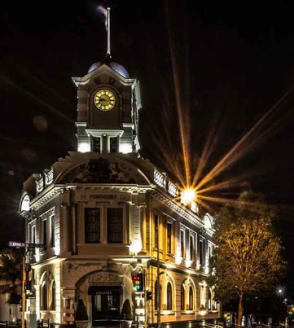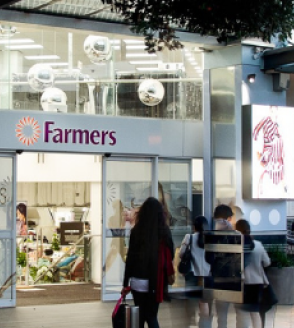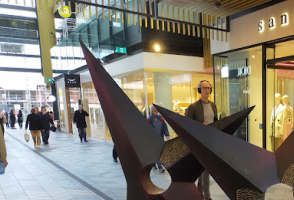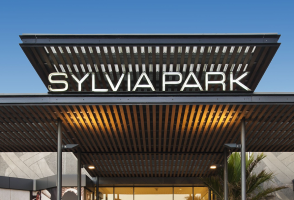Explore Iconic Auckland with Our Car Hire Services
Hire a car at Auckland Airport to visit must-see attractions like the Sky Tower, Auckland Zoo, and Auckland Botanical Gardens. Head to Piha Beach or Mission Bay for sun and sand, or explore the cultural gems of Auckland CBD and Viaduct Harbour. With these NZ travel tips and New Zealand car hire advice, you’ll have the freedom to discover Auckland’s beauty on your schedule.
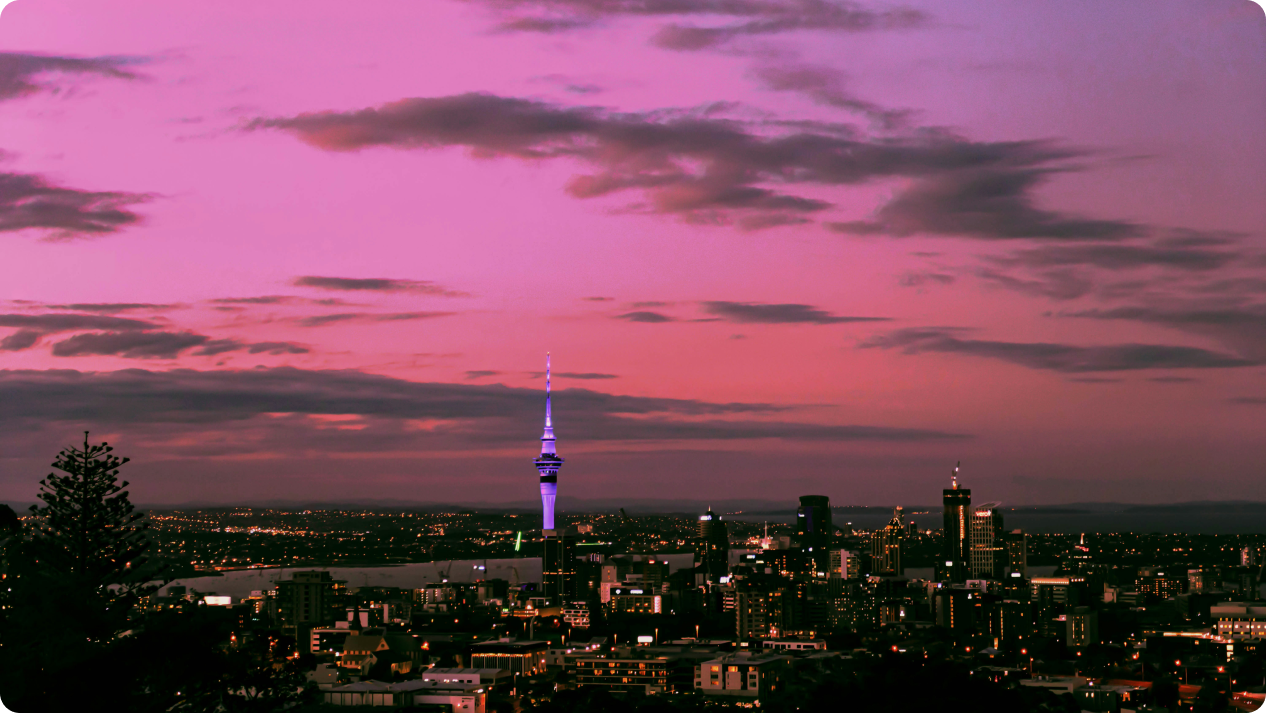
Explore Further
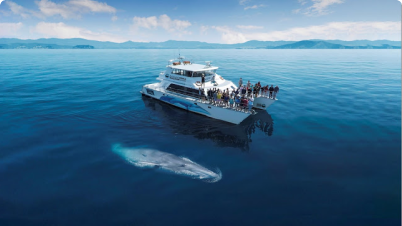
Viaduct Harbour
Located in Auckland CBD, Viaduct Harbour should be your go-to dining spot anytime of the day. With fantastic restaurants overlooking the harbour, the viaduct is an excellent place to watch boats come and go while treating yourself to a few cheeky cocktails at the end of a big day of exploring.
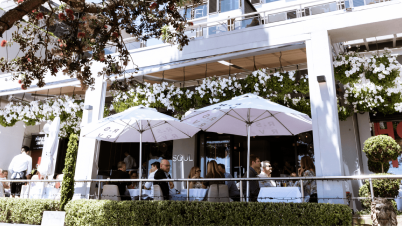
Sky Tower
328 metres tall and an iconic landmark for the last 20 years. The Skytower is one of the most breath-taking attractions and is not hard not to spot. A casino, lots of restaurants and bars and an observation deck at the top for 360 panoramic views. You can even walk around it (Skywalk) or jump off it (Skyjump). Located on the corner of Victoria and Federal Streets.

Dolphin and Whale Watching
Pack your binoculars, camera, sunscreen and snacks for an epic day trip of dolphin and whale watching. Cruising from Viaduct Harbour, you'll also be treated to beautiful views of Auckland from the water.
Shopping in Auckland
We recommend you arrive in Auckland with space in your luggage, because shopping is something this city does extremely well
Top 10 things to do in Auckland
Climb a summit
Walk to the summit of any Auckland volcanic cone for amazing views of the cityscape
Visit an island
Waiheke Island, should be at top of your list
Go boating
Sail, kayak, jet boat, go fishing
Chill at a beach
Enjoy golden sands and clear waters on the east coast.
Get Set Go
Climb the harbour bridge, jump off the Sky Tower, zipline through the forest or take a Harley Davidson motorbike tour.
Hike or bike in the forest
Follow the walking tracks in one of the many regional parks or hire a bike and hit the forest trails at a mountain bike park.


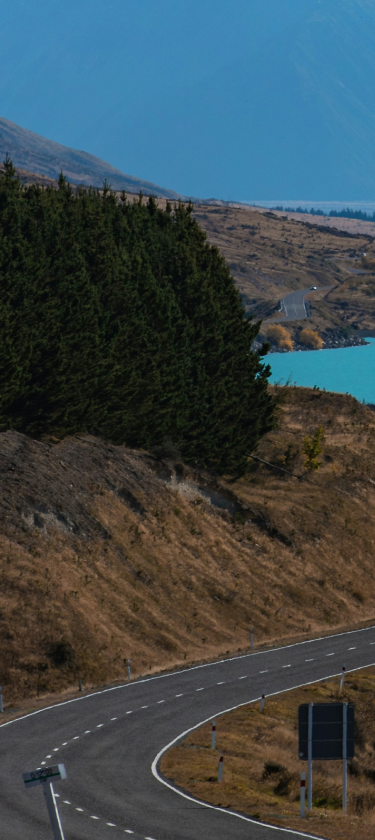
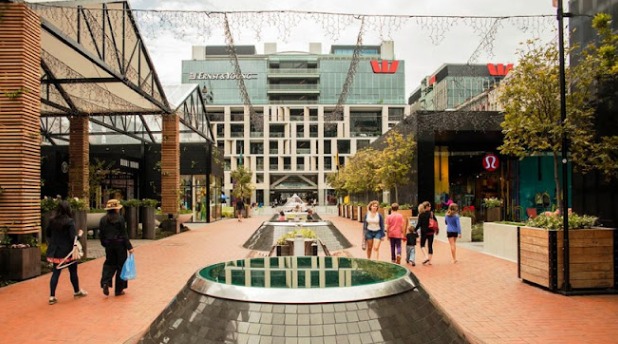
 Britomart shops (Auckland CBD)
Britomart shops (Auckland CBD)
